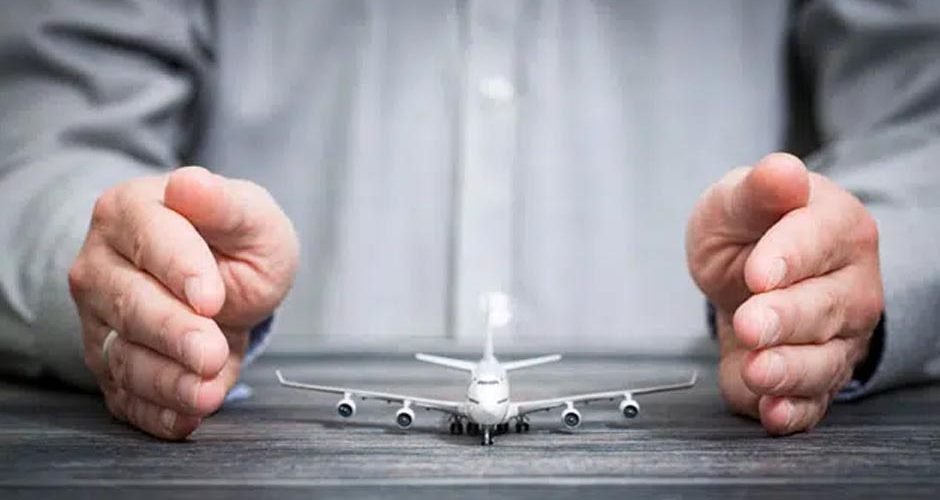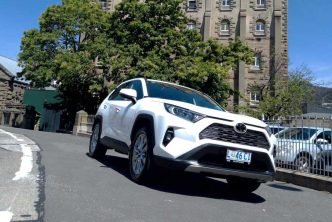The allure of flight has captivated humanity for over a century, and owning an aircraft is not just a dream for the elite but a reality for many. Whether you’re a private pilot, a business owner with a corporate jet, or part of a flying club, ensuring your aircraft is adequately protected is paramount. This is where aircraft or aviation insurance comes into play. This article takes a closer look at aircraft insurance, demystifying its intricacies and helping you understand how it safeguards your journey through the skies.
Table of Contents
The Importance of Aircraft Insurance
Protection Against Physical Damage
One of the primary purposes of aircraft insurance is to safeguard against physical damage to your aircraft. Whether it’s damage from a landing mishap, a hangar accident, or a weather-related incident, your policy should cover repair or replacement costs. This is crucial for keeping your aircraft in top condition and ensuring it remains airworthy.
Liability Coverage
Aircraft insurance also provides liability coverage, protecting you in case your aircraft causes bodily injury or property damage to third parties. This includes coverage for accidents that occur during takeoff, landing, or while the aircraft is in motion. Liability coverage is essential for mitigating potential legal and financial repercussions.
Understanding Types of Aircraft Insurance
Hull Insurance
Hull insurance, also known as aircraft hull and liability insurance, covers physical damage to your aircraft. This includes damage caused by accidents, weather events, and even theft. Hull insurance is typically essential for all aircraft owners, ensuring that you can repair or replace your aircraft in case of an unforeseen incident.
Liability Insurance
Liability insurance constitutes a fundamental element within every aircraft insurance policy. It safeguards against bodily injury and property damage liability stemming from aircraft accidents. This form of insurance encompasses expenses related to legal defense and settlements in cases where you are deemed at fault for an accident.
Passenger Liability Insurance
For aircraft owners who carry passengers, passenger liability insurance is crucial. It covers injuries sustained by passengers during a flight and can include medical expenses, lost wages, and other related costs. This coverage is vital for protecting both passengers and aircraft owners from the possibility of a mishap.
Non-Owned Aircraft Insurance
Non-owned aircraft insurance is designed for pilots who rent or borrow aircraft. It provides liability coverage for the pilot in case they are involved in an accident while operating a non-owned aircraft. This type of coverage is essential for individuals who frequently fly aircraft they do not own.
Factors Affecting Aircraft Insurance Premiums
Aircraft Type and Value
The manufacturer, model, and assessed value of your aircraft substantially influence the calculation of your insurance premiums. Aircraft that are more costly and possess advanced performance characteristics usually entail higher insurance premiums, primarily owing to the heightened risk associated with them.
Pilot Experience and Qualifications
Insurance companies consider the pilot’s experience and qualifications when calculating premiums. Pilots with a substantial amount of flight hours and a clean safety record are generally eligible for lower insurance rates.
Intended Use of the Aircraft
The purpose for which you use your aircraft also affects insurance premiums. Commercial operations, such as charter flights or aerial photography, typically have higher insurance costs compared to private and recreational use.
Coverage Limitations and Deductibles
The coverage limits you select and the deductibles you’re willing to pay can significantly impact your insurance premiums. Higher coverage limits and lower deductibles result in higher premiums, while lower coverage limits and higher deductibles can reduce your costs.
Conclusion
Aircraft or aviation insurance is a crucial component of responsible aircraft ownership and operation. It protects a wide range of risks, including physical damage and liability, ensuring that you can navigate the skies safely and with peace of mind. With the right policy in place, you can appreciate the freedom of flying while knowing that you’re financially protected in the event of unforeseen circumstances.





